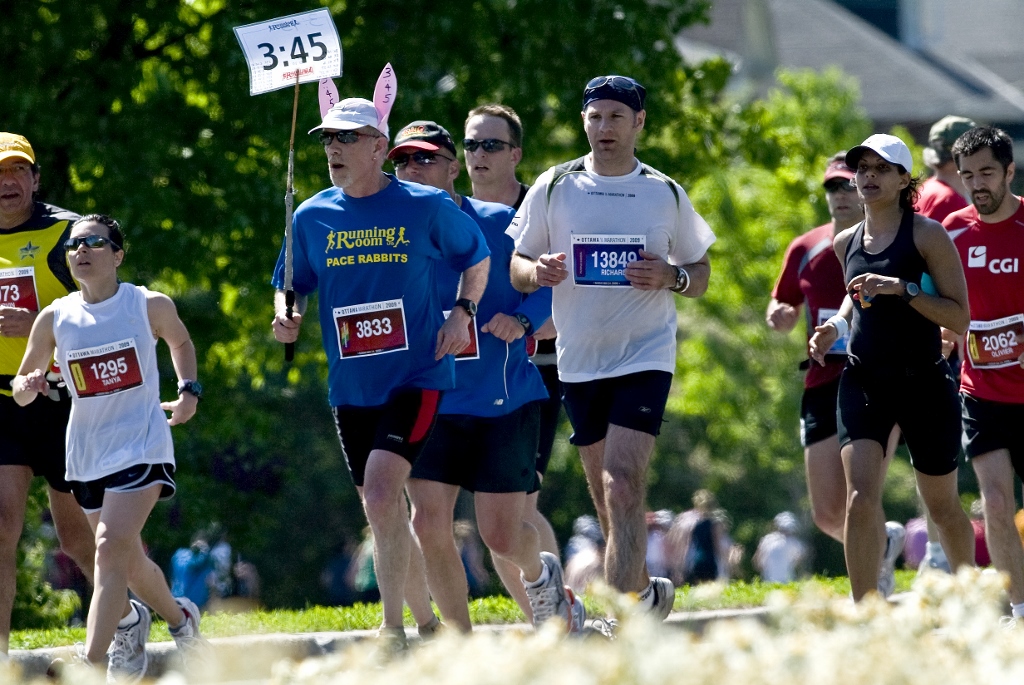Opinion: Following a pace rabbit is the biggest mistake an inexperienced marathoner can make
It may seem like a good route to your goal, but it's not what you trained for
 Photo by:
Sean Burges / Mundo Sport Images
Photo by:
Sean Burges / Mundo Sport Images
You have dedicated the last 16 to 20 weeks to rigorous training, pouring your heart and soul into preparing for your marathon. Now, as you stand on the start line, heart racing and adrenaline pumping, you face a critical decision: do you put your race in the hands of a pace rabbit you’ve never met?
While this strategy might seem like a surefire route to success, it’s quite likely to end in disappointment.

As a run coach, I’ve seen this scenario play out all too often. Runners set off with a pacer, only to falter in the latter stages of the race. It happens across all distances. Pace rabbits are typically hired by the race to maintain a specific speed while leaving minimal room for error. For example, a sub-three-hour marathon race rabbit usually aims to hit the 21.1 km mark between 1:28 and 1:30, allowing only a two-minute margin for error in the second half. This margin is razor-thin, especially for novice marathoners unaccustomed to the challenges that come between kilometres 30 and 42.
It’s rare for new (or even relatively new) marathoners to run even or negative splits (i.e., running the second half of the race as fast or faster than the first half). Mastery of the distance requires time and experience. The best approach for learning from your marathon is to follow the splits your training has prepared you for. If you are new or relatively inexperienced (i.e., you’ve run fewer than five marathons), it’s advisable to give yourself at least a three-to-four-minute margin for error through the halfway point to keep your goal within reach. So if you’re training to break 3:30, aim to reach the halfway mark around 1:41, so you have eight or so minutes to play with if you find it tough to hold your pace.
The best approach is to listen to your coach, trust yourself and run the marathon at the pace you have consistently trained at. If you end up catching a pace rabbit group later in the race, feel free to take full advantage and feed off the group’s support. Keep in mind that all runners are different and it’s your race, so it’s your choice whether to let someone else dictate your pace.

If you are unsure of the time you should aim for, the easiest way to estimate your marathon finishing time is to consider your most recent half-marathon. Doubling your half-marathon time and adding 10 to 15 minutes generally provides a realistic goal. Alternatively, you can use the Jack Daniels VDOT calculator, which calculates your current fitness level based on recent race performances and offers corresponding marathon race paces.


